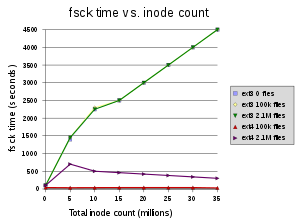If you are using Linux (Fedora/Ubuntu or anything else) then you do get a lot of tools and one of them is cron. Very very useful. Just write some script that can do the task for you, put it in cron and forget it. So, here is a home grown way to schedule mails.
First, copy this script below:
#!/bin/bash -
#===============================================================================
#
# FILE: sched_mail.sh
#
# USAGE: ./sched_mail.sh
#
# DESCRIPTION:
#
# OPTIONS: ---
# REQUIREMENTS: ---
# BUGS: ---
# NOTES: ---
# AUTHOR: Amit Agarwal (aka),
# REVISION: ---
#===============================================================================
mailfile="~/mail"
if [[ $(wc -l $mailfile|awk '{print $1}' ) -ge 5 ]]
then
to=$(grep ^To: $mailfile|sed 's/To: //')
echo "Good to send mail... to = $to"
sendmail -t <$mailfile
echo "once mail is send, delete the contents of file"
echo "sed -i '4,$ d' $mailfile"
fi
Now, create a file called mail in your home directory, with the following contents:
Continue reading





